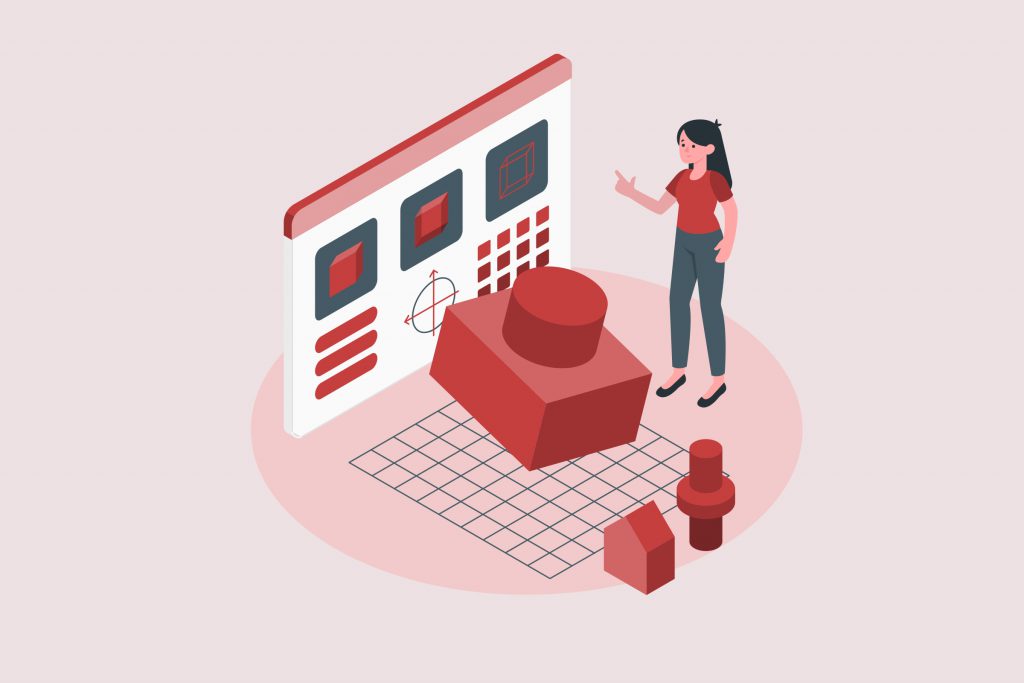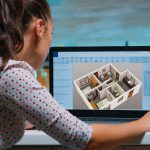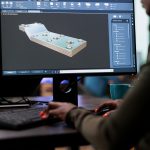3D product renders or product visualization can cost anywhere from $50 to $5,000, depending on the designer or studio and the complexity of your product.
How does 3D rendering work? It’s all about using computer mathematical programming to replicate the look, texture, behavior, and functionality of an item—which is why it’s so valuable in product development.
As a substitute for conventional photography, 3D rendering allows you to create realistic graphics to use in eCommerce, advertising, and even sales (take a peek on Amazon, and you’ll find lots of examples!).
How Can I Calculate a Budget for a 3D Product Render Project?
The price spectrum for 3D rendering is broad. Hence, it’s worth asking what the benefits of using 3D interior rendering services are before setting aside a budget.
One of the biggest advantages to 3D rendering is that the package is often significantly more cost-effective and provides excellent value. Hiring a photographer, producing a prototype, booking a studio, and buying backdrops and models is typically costlier.
3D product rendering allows you to replicate one product render in multiple sizes, colors, and models with just a few design tweaks. Basic product renders for a simple item can cost as little as $50 if your designer can produce the graphic quickly. Medium-end renders cost an average of $550.
Advanced product designs with multiple moving parts and intricate technical details can cost up to $5,000 to create in 3D, but every studio will have different rates and specializations. The best approach is to hire professional 3D designers with experience in the product categories you need and run through your requirements to receive a more accurate price.
Why Is 3D Rendering So Important in E-commerce?
In a crowded digital marketplace, every brand needs to pour time and effort into establishing a strong online presence and presenting a compelling product catalog that captures customer imagination.
3D product renders are one of the fastest and lowest-cost ways to replicate photo-realistic product imagery, offering an experience close to what a visitor would experience in a store.
Think about how a customer behaves on a shopping trip: They pick up items to feel their weight and texture. Then, they may look at products in different lighting. They’ll then likely begin Inspecting details, such as zips, functions, control screens, and features.
Even the highest quality photography cannot offer that level of precision. In contrast, a 3D render can zoom in and out, display a product from different angles, and walk the customer through a virtual space.
Just as a physical in-store experience is an influential factor in whether a customer buys a product, the persuasiveness of a detailed 3D render can make a big difference in optimizing a client’s journey.
Is 3D Product Rendering Worth It?
Today’s retailers sell through smartphones, tablets, and internet-enabled TVs–so it’s no longer enough to showcase your flagship products with flat, 2D images. Rendering is more affordable than ever before, as software programs and computing power become faster and more efficient.
In terms of quality and cost, you don’t necessarily need to hire the most expensive 3D product designer to achieve an impact—nor would we recommend skimping on your budget if you want to boost your sales.
Instead, the best solution is to work with a 3D designer with experience in your sector and an understanding of the effect you’d like to achieve.
An overview of typical product rendering costs is as follows:
- Around 80% of 3D studios offer product renders between $450 and $800.
- Most studios and designers can produce a realistic render in just a few days and repeat outputs with small design variances in less time.
Location matters, and you’ll inevitably pay a higher cost for a 3D product render in places like Los Angeles and New York, where many studios specialize in distinct product types. However, a freelance 3D product designer might charge substantially less and achieve a similar level of quality.
Our advice is to review design portfolios and finished renders to get a good idea about whether a studio has the talent, software, and expertise to create the render you want, and take it from there.



